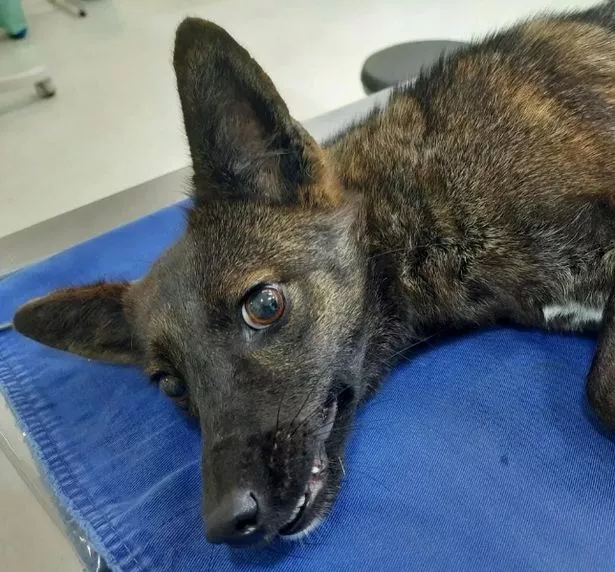Dogxim looked and barked like a dog, but she also climbed bushes, a behavior more typical of the local Pampas fox, and refused common dog food, preferring to eat rats. Genetic testing later confirmed the creature was a hybrid of both species—the world’s first documented fox-dog.

The fictional team behind Jurassic World succeeded in doing what John Hammond only dreamed of. The park opened in 2005 with nearly 100,000 visitors in the first month and operated for a decade, largely without incident. Then the park’s owners got greedy, demanding a new attraction to impress investors and spur attendance. The ensuing project results in the creation of the Indominus rex and the downfall of Jurassic World.

Not content to recreate extinct megafauna, the parks scientists, led by Dr. Henry Wu (BD Wong), cook up an entirely new animal in the Indominus rex. Its genetic framework is built upon the T. rex genome but modified with genes from a number of other theropod dinosaurs including the velociraptor. Moreover, geneticists equipped the I. rex with genes from tree frogs, pit vipers, and cuttlefish, making it incredibly resourceful and incredibly deadly.

Real world geneticists have managed to create a number of transgenic animals by inserting genes from one species into another. Recently, scientists did exactly that to create silkworm-spider hybrids which produce stronger silk. Despite our successes, humanity is in the early days of making hybrid animals, but nature has been doing it for ages. Now, scientists have verified the existence of the world’s first confirmed dog-fox hybrid.

Dog-Fox Hybrid, Adorable Sign of Human Encroachment
People have reported sightings of suspected dog-fox hybrids throughout history, but none have ever been confirmed until now. It’s estimated that foxes split from the rest of Canidae (the canine group) about 7 million years ago and scientists believed that foxes and domestic dogs were too evolutionarily divergent to intermix. Tell that to the world’s first confirmed dog-fox hybrid, named Dogxim, a portmanteau of dog and graxaim-do-campo, the Portuguese name for the pampas fox.

The first confirmed dog-fox hybrid, Dogxim, at an animal rehab facility in Brazil Photo: Rafael Kretschmer; Marcelo Meller Alievi
Dogxim’s spent her early days in the wild but was hit by a car in 2021 and taken to a wildlife rehab facility in southern Brazil. There, her human caregivers noticed her unusual behavior and strange characteristics. She barks like a dog, but her face and ears are more pointed than most dogs. The real kicker though, Dogxim refuses dog food, preferring to catch and eat rats instead. Still, plenty of dogs are weird and there are probably more rats than kibble when you’re living in the wild.

To find out for sure, workers at Brazil’s Center for Conservation and Rehabilitation of Wild Animals contacted geneticists from Universidade Federal do Rio Grande do Sul and Universidade Federal de Pelotas, who ran Dogxim’s DNA.
The tests confirmed that Dogxim is the offspring of a female pompas fox and a male domestic dog. The historic findings were published in the journal Animals. One of the big reasons scientists believed dogs and foxes were incapable of mating is the differing number of chromosomes. Domestic dogs have 78 chromosomes while pampas foxes have only 74. In the case of Dogxim, biology decided to split the difference; genetic testing confirmed she has 76 chromosomes.
In addition to forcing us to rethink what we know about canine evolution, the existence of Dogxim might also suggest an increase in contact between wild and domestic species. While hybridization is a well-worn survival tactic in nature, it could also serve as a warning system for when we (and our pets) are environmentally overstepping.

